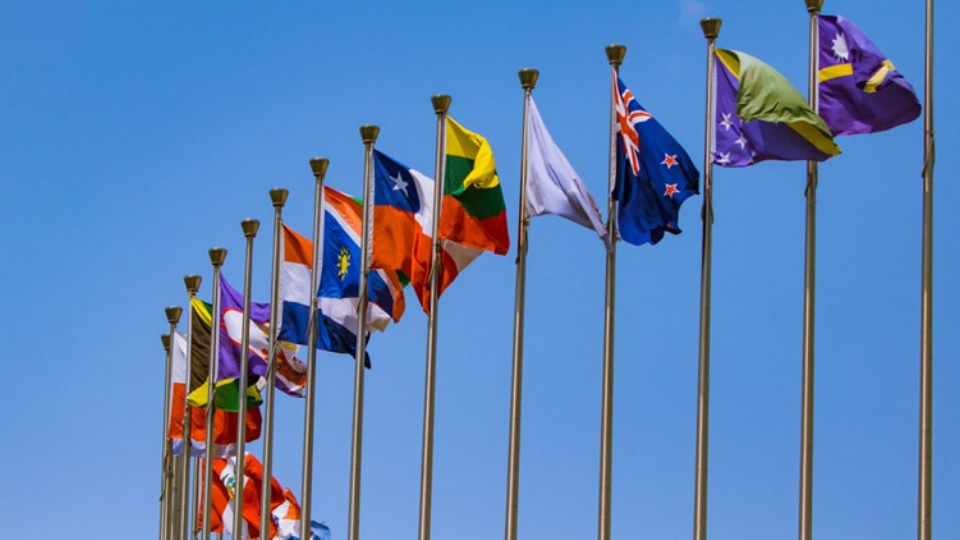New UNCITRAL Model Law for Enterprise Group Insolvencies

The New Model Law seeks to address the existing gap in the current model law on cross-border insolvency (MLCBI) to deal with group insolvencies. As the collapse of Lehman Brothers and the Pacific Andes Group has shown, an enterprise group is one of the most common structures for international businesses.
The aim of the New Model law is to provide a “group insolvency solution” (whether it is a restructuring, sale or liquidation) in order to maximize and preserve the value of the group’s assets. It promotes cooperation between Courts, authorities and insolvency representatives of each jurisdiction.
The New Model Law allows multiple group members of an enterprise to join a “planning proceeding” where they will be able to participate in a single insolvency proceeding and appoint a group representative for the purposes of development and implementing a group insolvency solution. The group representative may seek a range of relief in both the domestic Court and the foreign Courts, including but not limited to taking action in a foreign state (e.g. seeking a stay of execution against assets, and a stay of the commencement or continuation of existing claims). A group representative can communicate directly with or request information or assistance from other Courts and insolvency representatives of other enterprise group members. The primary Court may also conduct a hearing in coordination with another Court.
UNCITRAL also published a guide for directors of enterprise groups to address directors’ obligations in periods approaching insolvency of companies. The guide notes the economic reality that a director may be appointed in the same capacity across several enterprise group members and that a conflict of obligations may arise. The guide provides guidance on the type of steps a director may take to resolve any conflict.
The New Model Law is a form of text recommended by the UNCITRAL to each jurisdiction for incorporation into national law with suitable modifications (usually through the enactment of domestic legislation). The recommended text is seen as a guidance of the international standard and is a step towards the harmonization of international insolvency law so that we are better equipped for the next large-scale multi-jurisdictional insolvency.
For further information, please contact Mr. Chai Ridgers, Mr. Andrew Thorp, and Mr. Jayson Wood.



